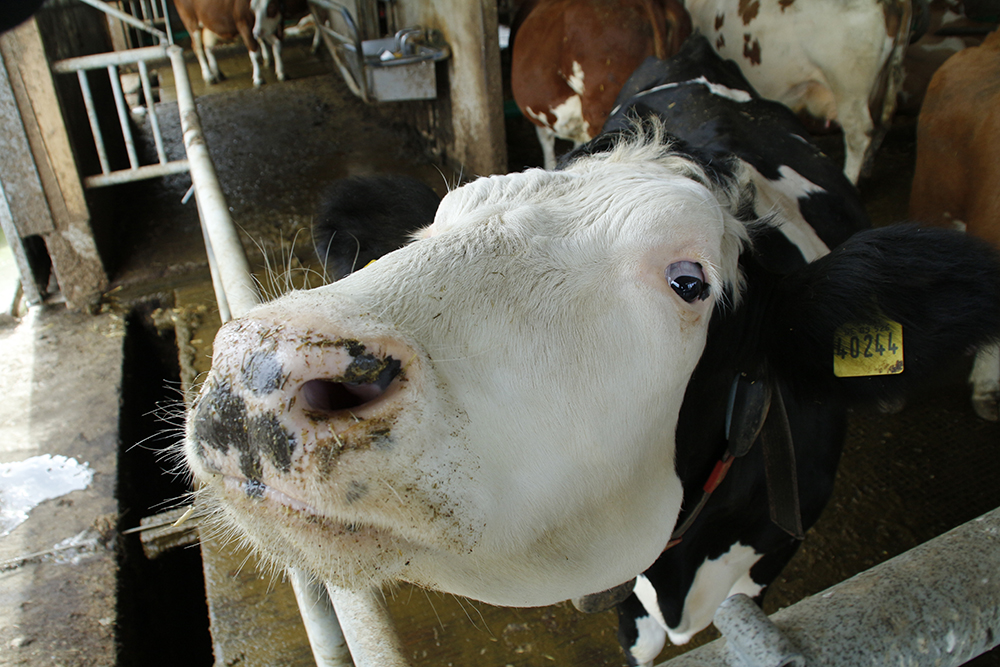Utilisation
Management of
Digestate
Our contribution to the circular economy in the agricultural sector. Our solutions get the most out of your digestate.
NEW REQUIREMENTS
The requirements of the European Nitrates Directive 91/676/EEC are currently being implemented in national legislation. The resulting regulations pose new challenges, especially for producers of ammonium-containing wastewater and sludge.
Management and treatment of ammonium-containing wastewater and sludge are therefore becoming increasingly important, especially in the biogas industry, but also in livestock farming (agricultural processing industry) and waste treatment.

ENVIRONMENTAL ISSUES
The high nitrate levels in the soil and groundwater are mainly due to overfertilisation with ammonium-containing slurry, digestates and solid manure.
A large part of the ammonium applied is converted to nitrate in the soil. The majority of the processes currently available on the market work on volume reduction and concentration of nutrients.
So far, however, no process has been able to convert the surplus nitrogen into an industrially usable resource and remove it from the agricultural sector. Currently, the
nitrogen is mostly removed from the digestate as ammonium sulphate solution and mainly used as fertiliser. This returns the nitrogen to the agricultural cycle and does not help to alleviate the nitrate problem.
THE BIG PICTURE CONSISTS OF FOUR SUB-PROCESSES
1. Separation of Digestates
In the agriFer® Plus process, the digestate is first mechanically separated into a liquid phase (press water) and a solid phase (pressed material). While the liquid phase, filtered through a sieve, is fed to the evaporators, the separated solid phase can be temporarily stored on a suitable storage area.
2. Fractional evaporation
Fractional evaporation uses the different vapour pressures of ammonia and water to separate them in several stages by evaporation. In the evaporators, the press water is heated under negative pressure, which evaporates a large part of the water and thus thickens the press water. This process can take place in 1 – 3 evaporators in parallel at different temperature and pressure levels. In this way, the heat can be used several times and with each additional stage a larger amount of water can be obtained per unit of heat used.
3. Rectifikation
The task of rectification within the agriFer® Plus plant is to increase the concentration of the ammonia water as required. This reduces storage and transport costs and generates income from the sale of ammonia water. The first condensate fraction (ammonia solution) from the vacuum evaporation is concentrated by rectification. The result is an ammonia solution with up to 25 % NH4-N content. This concentrate contains up to 50 % of the total nitrogen from the original digestate.
4. Reverse osmosis
The second condensate from the fractional evaporation is then fed into the reverse osmosis stage. It is a physical process that enables substances dissolved in liquids to be concentrated in the molecular range. In this process the natural osmosis process is reversed with pressure.